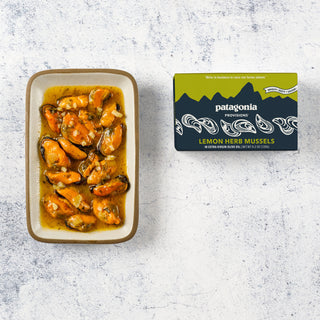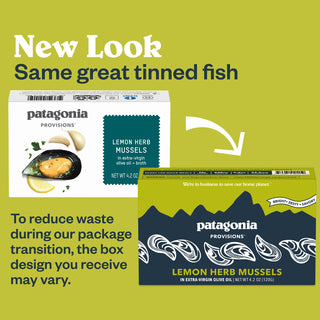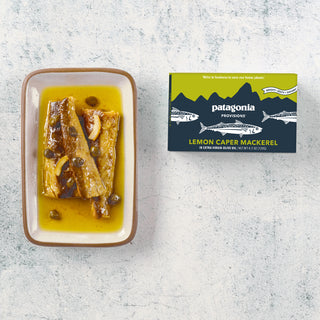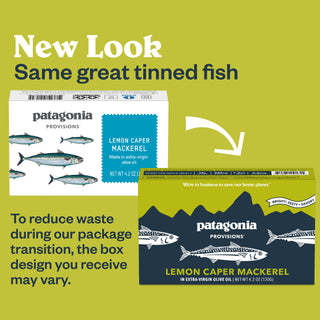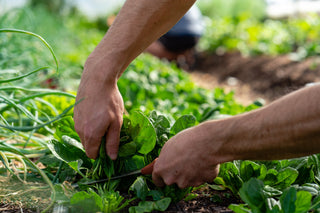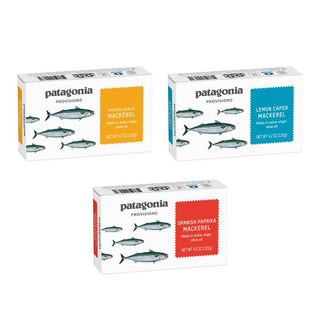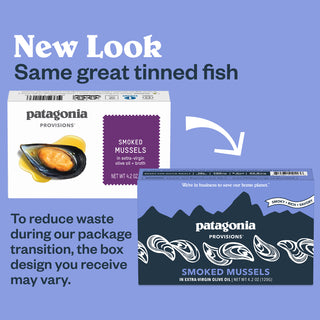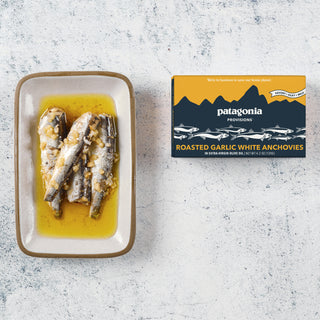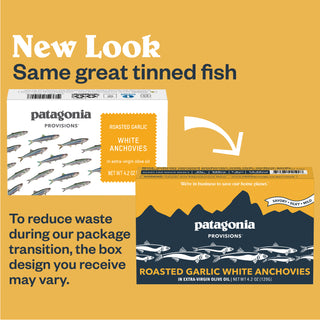You are what you eat. It’s a simple lesson most of us learned as children.
And yet look where we are today. Massive industrial farms grow thousands of acres of genetically modified soybeans and corn with seeds created and owned by chemical corporations. Another company has engineered a GMO Frankenfish made from Atlantic salmon with genes from Chinook salmon and ocean pout (another kind of fish) spliced into its DNA. Visit agricultural regions during spraying season and you’re likely to witness workers in hazmat suits blasting crops with toxic herbicides, fungicides and insecticides. An estimated one billion pounds of pesticides are applied each year in the United States alone. And this is what we’re supposed to eat.
Sure, we can wash our fruit and veggies, but before they’re sprayed, pesticides are frequently mixed with a substance chemical companies call a “sticker.” The sticker is there for one purpose: to keep the pesticides from washing off in the rain. Still think that quick rinse under the faucet makes your conventionally grown apple chemical free? And what about all the hormones, chemicals and antibiotics (which create resistant strains of bacteria) fed to livestock? How do we wash those off?
We are what we eat. And it’s time to tell the agribusiness corporations that we do not aspire to be engineered, modified or coated with chemicals. We do not want to be Frankenfish or GMO soybeans. We did not grow up dreaming of becoming antibiotic-filled farmed salmon, or beef raised in crowded feedlots. And perhaps even more importantly, we do not want our children to be any of these things.
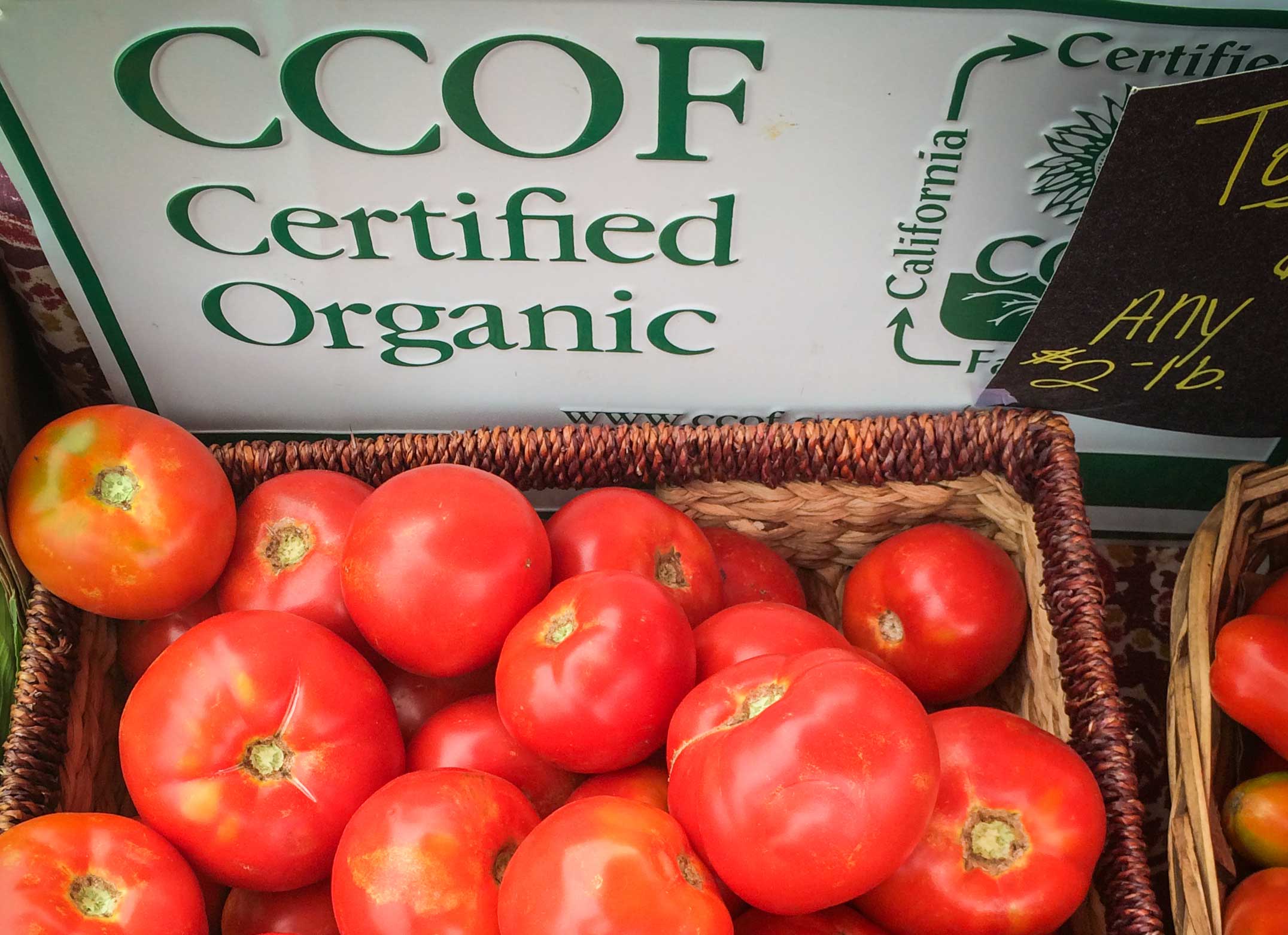
At Patagonia, we learned the lesson of conventional agriculture the hard way.
In 1988, employees at our Boston store started suffering from headaches whenever a new shipment of T-shirts arrived. The ventilation expert who “fixed” the problem told us it was caused by formaldehyde off-gassing from our cotton shirts. So we commissioned a study of the fibers we used and learned—much to our surprise—that cotton was the worst, due to intensive chemical application during cultivation, processing and manufacture.
The decision was simple: If we wanted to continue making cotton clothing, we’d have to switch to organically grown and processed cotton. But at the time, you couldn’t just call your supplier and order organic cotton. There was so little available, we ended up spending years educating ourselves and working with suppliers along every step of the way—from farm to mill—just to get what we needed. In 1996, after literally creating a new supply chain, we finally reached our goal: Patagonia’s entire line of cotton clothing was made from organic cotton. More recently, we’ve started using recycled conventional cotton in some of our clothing to help make the most of damage already done when it was grown and processed.
But the issue is even more pressing, not to mention challenging, where food is concerned. People have a significantly more intimate relationship with food than they do with clothes—this is the source of life itself, the fuel that keeps our bodies running, a culture-defining pleasure shared with friends and family. And yet our current industrial food-supply chain has grown so complex and convoluted, we rarely know where our food comes from, let alone who grows or catches it. Or, for that matter, the harm it may have caused our planet along the way.
Agriculture is the world’s largest industry, employing more than a billion workers. But the chemical-driven “green revolution” is no longer working. We may be feeding more people than ever, but the costs are staggering. The World Health Organization estimates that three million people a year suffer from pesticide poisoning, while the pests grow ever more resistant. In the 1940s, U.S. farmers lost 7% of their crops to pests, but since the 1980s, in spite of increased pesticide use, the losses have increased to 13%.

Organic farming is a step in the right direction, and organic and regenerative practices are even better.
By using locally adapted plants, crop rotation, cover crops, improved nutrient recycling and a mix of new and traditional growing techniques, small acreage can produce competitive yields. Farmers in Brazil used green manures and legume cover crops to double their yields of corn and wheat. A hundred thousand small coffee farmers in Mexico increased their yields by half after switching to full organic production methods. The examples are many, and the results, far reaching. A study by Technische Universitat Munchen found that soils managed through organic and regenerative practices emit around 20% less greenhouse gasses per yield unit than conventional farms. The Rodale Institute found that soils managed with organic and regenerative practices can actually sequester more carbon than they release. Of course, there is no simple, easy solution. But as we face global climate change, increasing drought and a diminishing supply of fossil fuels, it’s clearly time to rethink our food supply chain. We believe organic is a good place to start, so a second, “greener” revolution can feed the world while making it a healthier place to live.
But you don’t have to eat organic because it’s better for the planet. You don’t have to eat organic to protest multinational chemical corporations, or to protect farm workers, or to support anti-GMO efforts. You don’t have to do any of this because it’s the “right” thing to do. There are more personal reasons.
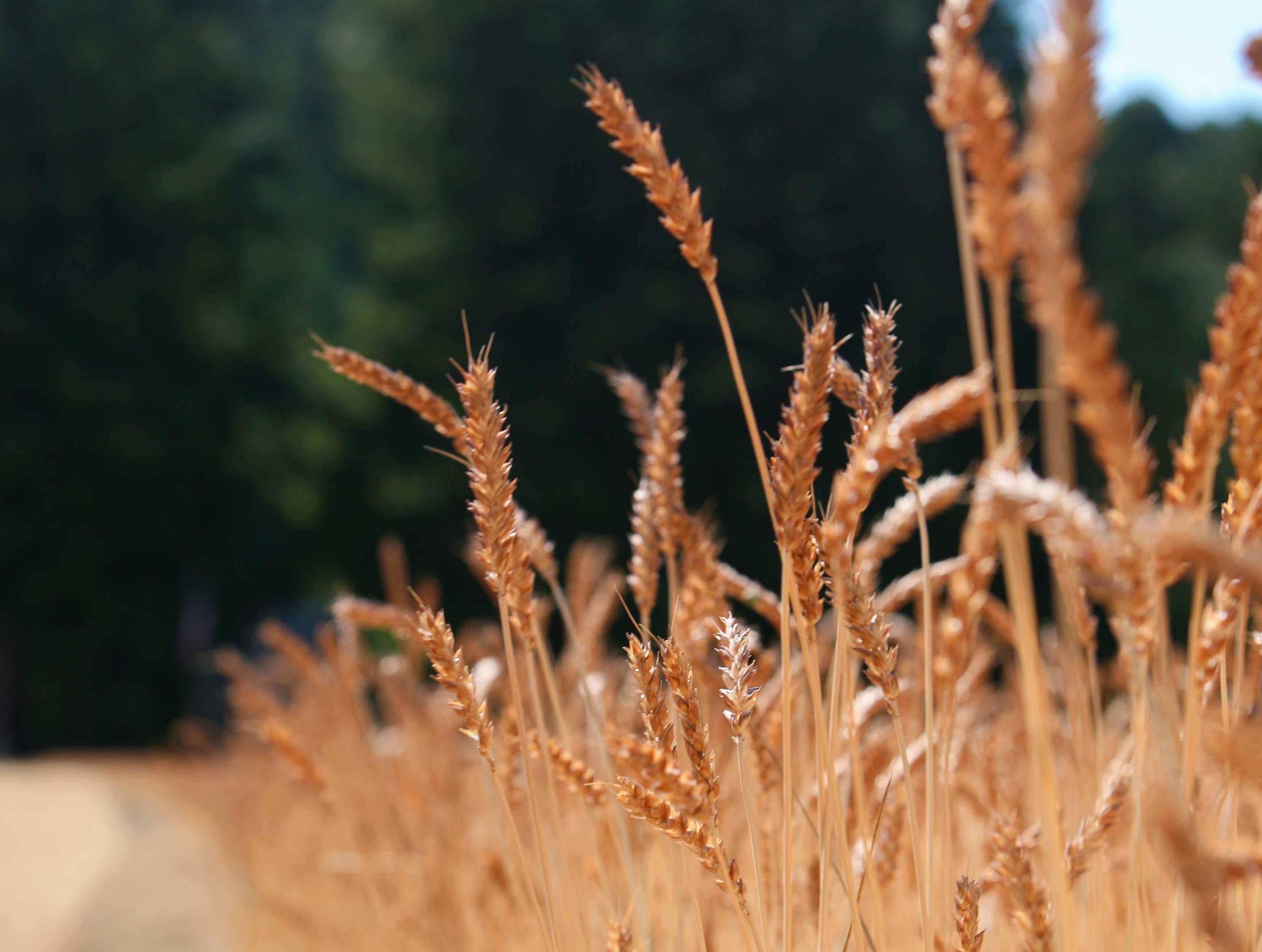
According to published, peer-reviewed studies, organic fruit and vegetables contain higher levels of beneficial antioxidants than the same produce grown conventionally.
For example, a recent study in the scientific journal PLOS ONE showed that organic tomatoes have 50% more Vitamin C than conventional tomatoes. The findings in dairy products are just as striking: Organic milk contains more beneficial Omega-3 fatty acids and a healthier ratio of Omega-6 fatty acids than the conventional version. And perhaps even more importantly, research published in both the Food Control and Meat Science journals found that conventional meat, when compared with organic meat, contains more antibiotic-resistant bacteria. Science supports what we already intuitively knew, that how we grow our food directly affects how good it is for us.
To many, organic meat and produce taste better, too.
One theory is that lower levels of nitrates and higher amounts of antioxidants found in organic fruits and vegetables create more intense flavors. Organic farmers also tend to grow more heirloom varieties of produce, which are prized for their exceptional flavors. Free-range livestock carries a distinct flavor unique to the land where it was raised. It’s really no surprise that conventionally grown food, selected and bred to maximize yield, often does so at the expense of flavor.
The most compelling reason of all, though, goes back to that simple lesson we learned as kids: You are what you eat. And, given the choice, we’d rather be organic whole grains, filled with flavor, fiber and complex carbohydrates; organic kale, rich in antioxidants and vitamins; local apricots bursting with natural sweetness. We’d like to be wild sockeye salmon; free-roaming grass-fed buffalo; long-rooted perennial grains. This is what we want, for ourselves and our children. We are, after all, what we eat. Nothing more and nothing less.


